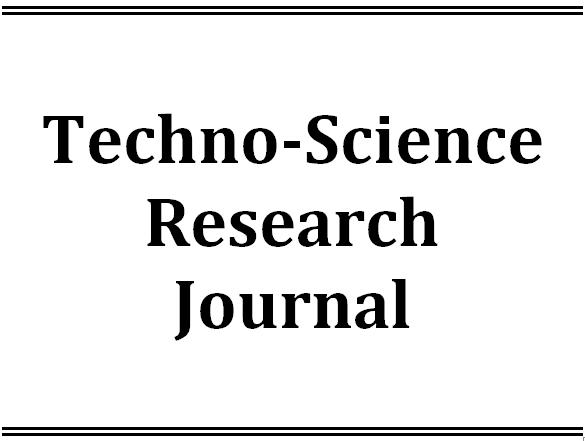Latest Issue
Empowering Education with Online Khmer Handwritten Text Recognition for Teaching and Learning Assistance
Published: August 30,2025Undergraduate Student Dropout Prediction with Class Balancing Techniques
Published: August 30,2025Status of Seawater Quality at Koh Rong Island, Sihanoukville, Cambodia
Published: August 30,2025Low-Complexity Detection of Primary Synchronization Signal for 5G New Radio Terrestrial Cellular System
Published: August 30,2025Word Spotting on Khmer Printed Documents
Published: August 30,2025Tuning Hyperparameters Learning Rate and Gamma in Gym Environment Inverted Pendulum
Published: August 30,2025Examining Passenger Loyalty in Phnom Penh Public Bus System: A Structural Equation Modelling Approach
Published: August 30,2025Prediction on Load model for future load profile of Electric Vehicle charging demand in Phnom Penh
Published: August 30,2025Economic Study on Integrating PV-DG with Grid-Tie: Case Study in Cambodia
Published: August 30,2025Improving Urban Traffic Flow at Congested Signalized Intersections in Phnom Penh: Case Study of Neakvaon Intersection
-
1. Graduate School, Institute of Technology of Cambodia, Russian Federation Blvd., P.O. Box 86, Phnom Penh, Cambodia
Received: July 11,2022 / Revised: / Accepted: October 31,2022 / Available online: December 31,2022
Traffic congestion is one of the most serious problems facing by not only the developed countries, but also by developing countries, including Cambodia. Efforts have been made to minimize urban traffic congestion in order to improve the traffic flow. This paper intends to provide the best alternative solutions to improve traffic flow at a busy intersection in Phnom Penh, Cambodia—i.e., Neakvoan intersection. Three alternative solutions were proposed based on redesign of road geometry and reconfiguration of one- way traffic road, and analyzed queue length and delay via a micro-simulation environment (i.e., PTV VISSIM) using actual data from traffic count survey. Results showed that, compared with the existing conditions, the third alternative solution performed better than other alternatives, by improving the traffic flow at Neakvoan intersection up to 39% with a reasonable level of service D. The proposed alternative solution was evaluated and accepted for implementation by the government.

